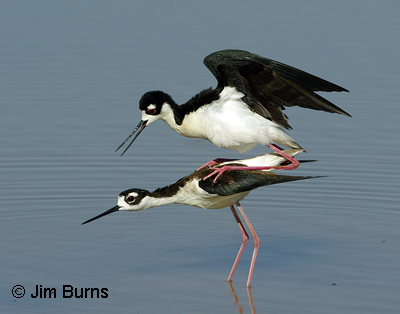
Read the bleeping manual. I know, I know. It's boring, you're not going to understand all the terminology, and you're itching to try your new toy. Three or four times a year I make myself go to "camera school." I sit with the camera in front of me, no distractions, and read the manual cover to cover. I learn something new every time.
You can't be a birder and a bird photographer both. Okay, I'll have to admit this is true, but trying to photograph birds is going to teach you a lot more about them than just running around trying to see as many as possible. The camera forces you to slow down, observe, and study. It's more rewarding visually and intellectually, and it connects you to your subject.
Longer IS better. This is really the only place you take the hammer to your piggy bank. You need a telephoto lens. Anything less than 300 millimeters, and you're going to be disappointed.
Use a tripod. The most important element of a good bird photograph is sharp focus. Despite the marketing hype surrounding the new image stabilized lenses, you cannot reliably and consistently hand hold 300 or more millimeters. Hey, lugging around a tripod will give you a good workout.
Learn proper exposure. The second most important element of a good bird photograph is proper exposure. Your camera's light meter does not have a brain. If you shoot on program mode, you're going to be disappointed.
Point your shadow at the subject. This was a basic birdwatching tip and it's even more important for photography. Don't just point and shoot. If you want the best color and detail, try to work around so your bird is frontlit.
Study bird behavior and habitat. You can't make the birds come to you and you can't get them to pose. But where they are and what they do is fairly predictable if you make an effort to learn their needs and patterns.
Be patient. Find a waterhole, a bush with berries, or a feeding station, get comfortable, and wait. Tile layers' kneepads are the best piece of photography equipment I own. Every day is different, every hour is different. If you get a great shot, go back to the same place the next day. Something better may happen.
Subscribe to Birder's World and buy Art Morris's CD, The Art of Bird Photography II. The former will show you what good bird photographs look like, the latter will fast forward your ability to capture them.
Have fun. Don't worry if you're not getting any magazine covers. Back in the day, the film professionals figured one or two keepers out of an entire roll was a good day's work. You're outside. You're enjoying nature. It beats working!